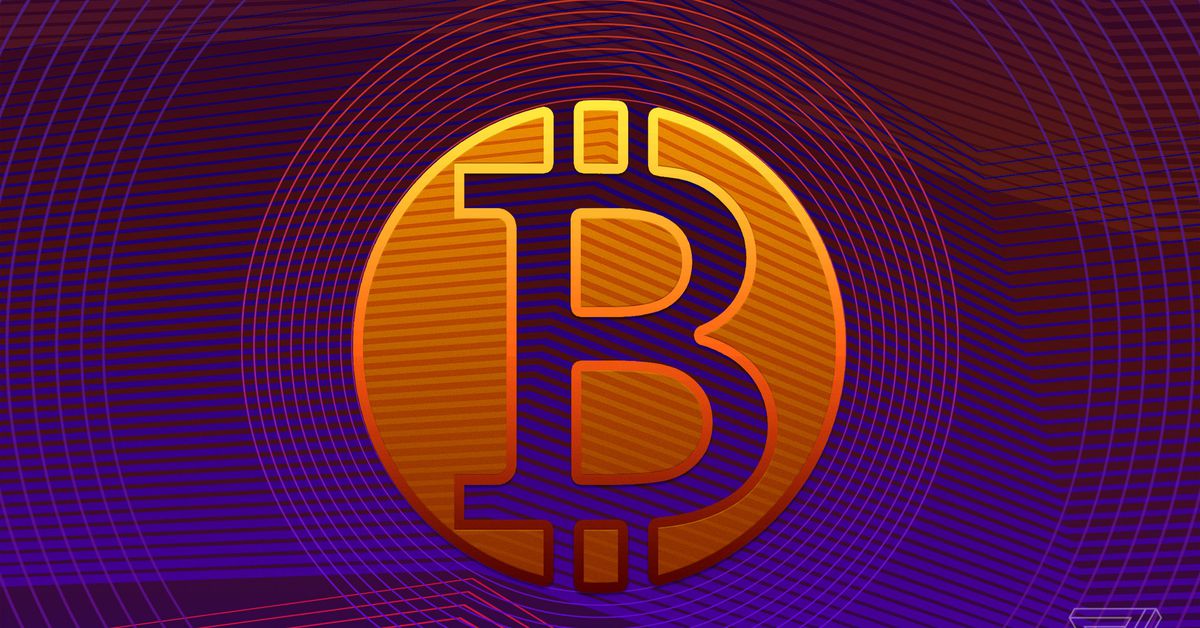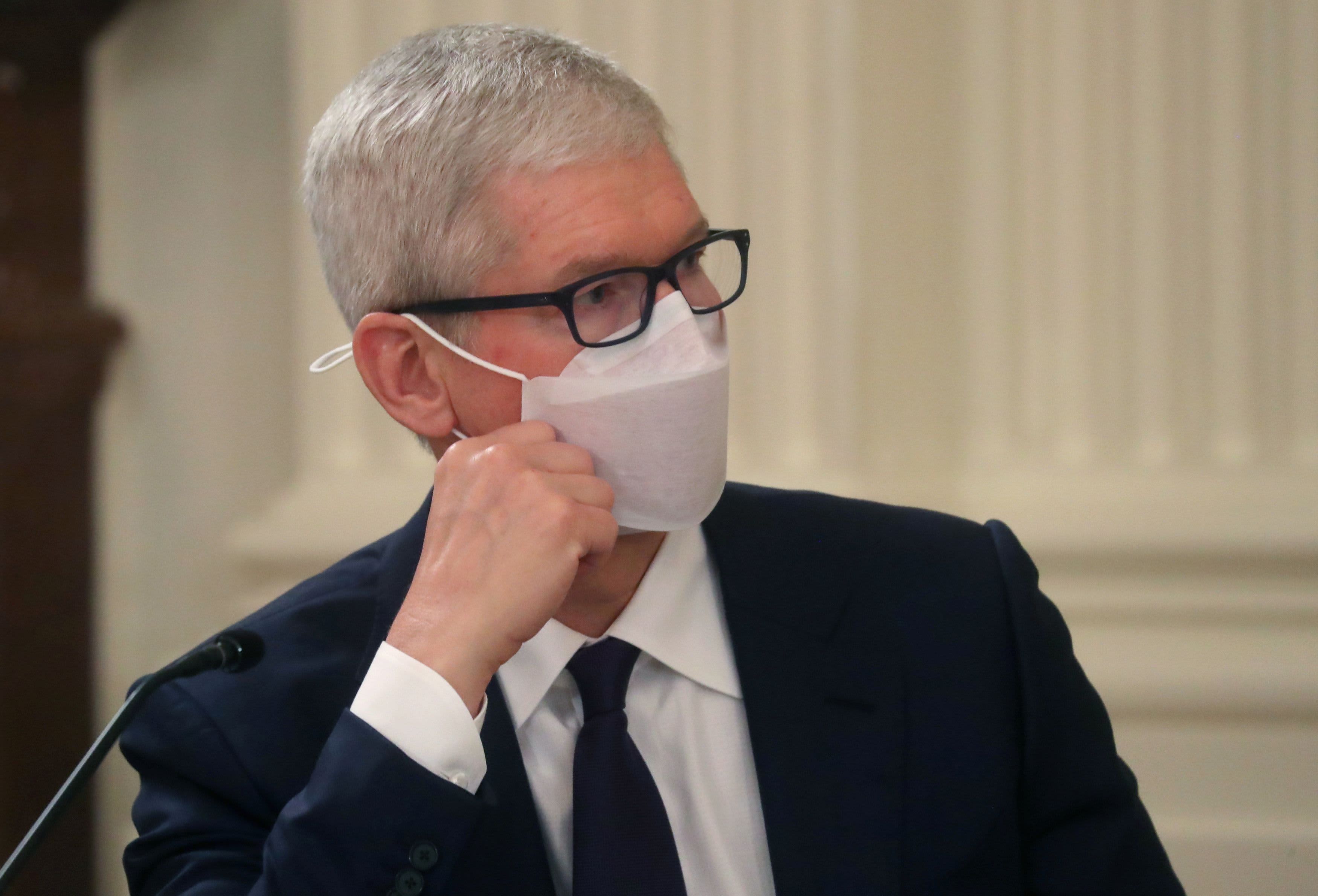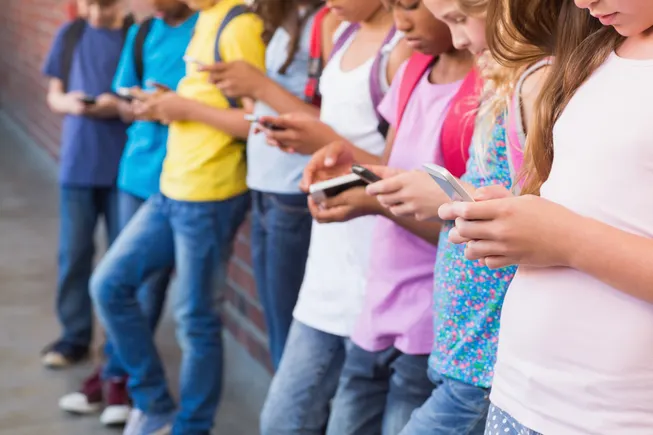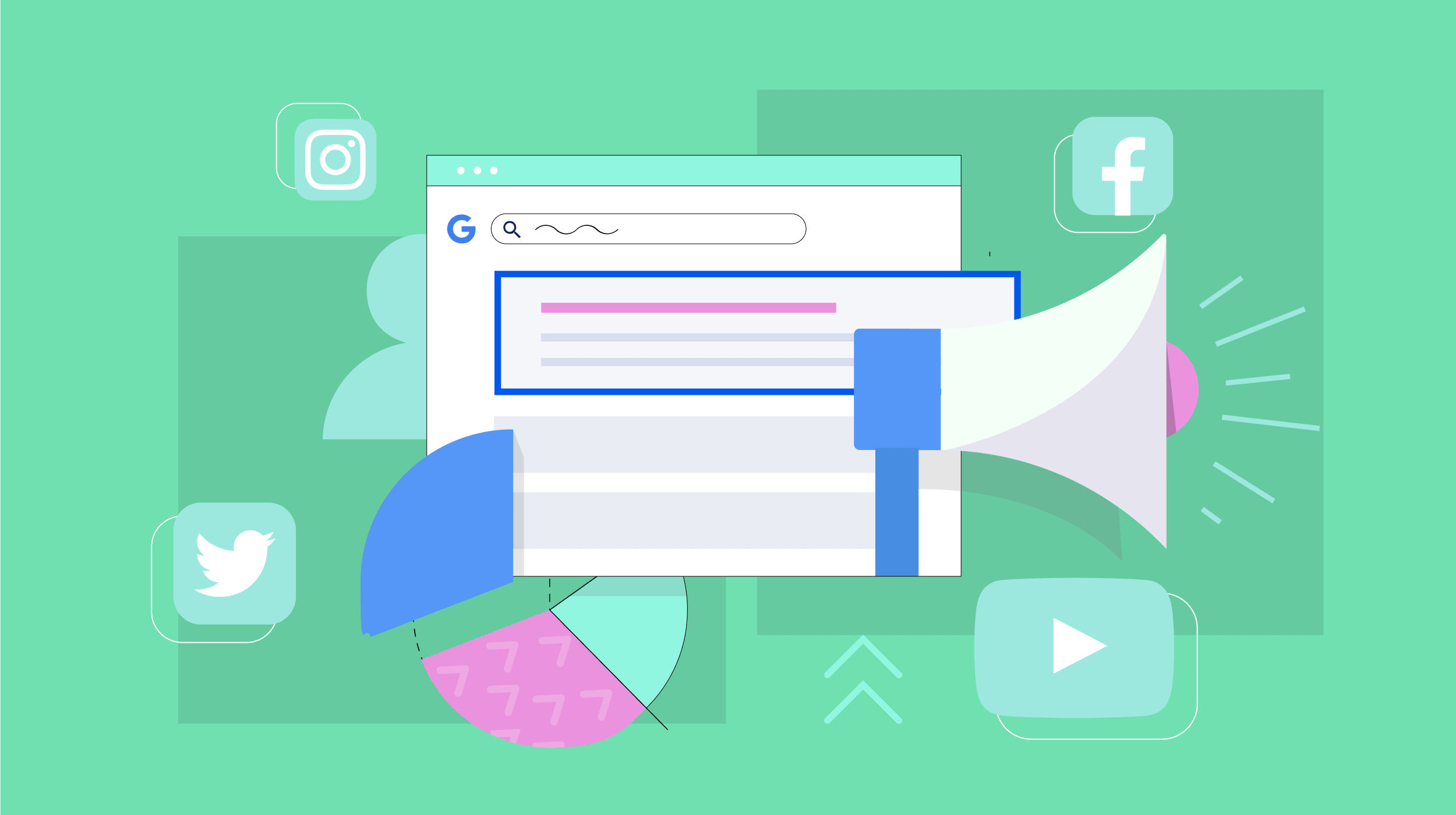A comprehensive guide to how Elon Musk is changing Twitter
Elon Musk has been making major changes to Twitter’s workforce, company culture, and product roadmap after buying the company in late October. | Patrick Pleul/AFP via Getty ImagesMass layoffs, trolling, and check marks: How Elon Musk is running Twitter....
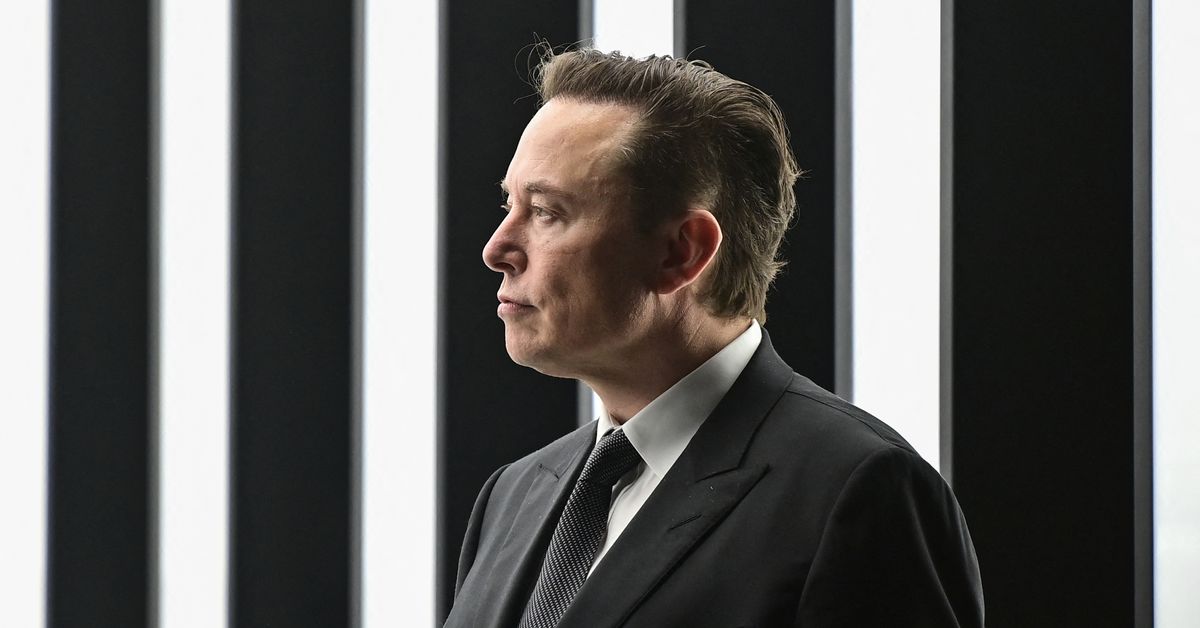
Elon Musk has only been in charge of Twitter since late October. But already, he’s turned the company and its platform upside down.
In the days after Musk took over, he booted top executives, slashed rank-and-file headcount by 50 percent, pushed engineers to work harder, and began fast-tracking a hodgepodge of potentially revenue-generating features, including charging users to get or keep a verification check mark.
Musk’s new check mark system — his first major product update — caused chaos in the hours after its release, as newly checkmarked users flooded the app with fake accounts, impersonating figures from Nintendo’s Mario character to former US President George W. Bush. Adding to the chaos, by November 11, less than a week since the new paid checkmark system was released, it appeared that the Twitter Blue subscription service that let you buy a checkmark was no longer working for many people.
And while Musk didn’t immediately change any of Twitter’s policies against offensive content, in the hours after Musk took over there was a notable surge in hate speech on the app. Some of the users posting felt emboldened by Musk’s “free speech absolutist” attitude, and actively tried to test the limits of what they could say on Twitter under the company’s new leadership. Others have tested the limits of Musk’s free speech stance by making fun of him personally.
Musk doesn’t want to be CEO of Twitter forever — he’s repeatedly said he wants to eventually give that job to someone else “over time.” In the meantime, many current and former employees, social media academics, and human rights advocates are concerned that Musk could change Twitter for the worse, turning it into an even more intense cesspool of negative content than it already is. But others hope Musk can breathe new life into a platform that was already bleeding its most prolific users and, for years, has struggled to turn a profit. In a staff meeting on November 10, Musk said bankruptcy was not out of the question if Twitter doesn’t figure out a way to make more money.
Here are some of the most significant ways Musk has changed the company so far.
Making people pay for blue check marks
The first official product change Musk confirmed after taking over Twitter was to start charging $8 per month for “blue check marks,” the verification badges that Twitter currently gives to public figures like journalists, politicians, and celebrities. Musk wanted to open up check marks to more people, as long as they’re willing to pay that price.
Twitter will also give your account more priority in replies, mentions, and search if you subscribe for the new service — meaning that those who don’t pay up could lose visibility on the platform.
Twitter’s verification program was originally designed to make sure people really are who they say they are online. Before you got a check mark, you had to apply for one and show ID proving your real identity matched your Twitter name. That helped Twitter’s user base make sure that the account they were looking at wasn’t an imposter.
Now, Musk has removed any kind of ID verification from Twitter Blue. That means anyone who pays $8 a month can pretend to be someone else, with a check mark next to their name. That’s caused major trolling, with some Twitter Blue accounts impersonating famous people like LeBron James, George W. Bush, and even Mario, the Nintendo character. Many of the new fake accounts use realistic profile photos, names, and handles, and have a check mark next to their name, so it’s hard to tell who’s real or who’s fake.
Elon seems to find all this amusing, replying with crying-of-laughter emojis to several tweets pointing out the fake accounts.
This change also caused major debate among notable figures who got their check mark for free — many of whom said they aren’t willing to pay to keep their verification. Fellow billionaire entrepreneur Mark Cuban criticized the new feature, saying Musk “killed the most valuable part of Twitter” by making it harder for him to find trustworthy information about breaking news events.
After a group of people including comedian Kathy Griffin began trolling Musk’s new policy by changing their names to “Elon Musk” and making fun of the tech CEO, Musk suspended their accounts and announced new rules: Any Twitter accounts involved in impersonation not clearly labeled as “parody” would be immediately suspended without warning, and any verified user who changes their Twitter name will temporarily have their check mark removed.
Musk also made another sudden change when he axed a new “Official” gray check mark (in addition to the blue one) rolled out on Thursday — meant to distinguish verified users who are also notable public figures. Within hours of the release, Musk tweeted that he “killed” the feature, and the new check marks left as quickly as they arrived.
Shortly after the feature was pulled back, Musk tweeted this explanation: “Please note that Twitter will do lots of dumb things in coming months. We will keep what works & change what doesn’t.”
As of November 11, the subscription service for buying checkmarks — Twitter Blue —had stopped working for many users. It’s unclear whether that’s because the service was broken or if Twitter had pulled the feature.
Shaking up Twitter’s internal culture
Musk has been running Twitter in his own way, similar to how he runs his other companies: in an ad hoc and intense fashion. Rather than talking to his employees first, Musk often tweets whatever he’s thinking, including his plans for the company.
Elon’s first message to his staff was sent on November 9 around midnight Pacific time, announcing that he was ending Twitter’s remote-work-for-all policy, effective within hours.
“Sorry that this is my first email to the whole company but there is no way to sugarcoat the message.” began the email, which warned that “the economic picture ahead is dire” and that the path forward is “arduous” and “will require intense work to succeed.”
In the first week after Musk’s takeover was complete, Twitter staff received little official communication, such as emails or corporate-wide Slack messages, from Twitter’s executive leadership since Musk officially took over. One employee who spoke with Recode on the condition of anonymity called it an “information vacuum.”
That’s been an adjustment for many Twitter employees who are used to a more measured, communicative, and structured work culture. One anonymous Twitter employee told the Washington Post that the work atmosphere under Elon was like “working in Trump’s White House.”
Employees are turning to private or anonymous communication platforms like Blind, Signal, and Discord to commiserate, several employees told Recode, since they no longer feel they can be candid on internal Slack or email.
Another major change Elon is making to Twitter’s internal culture is to drastically ramp up the pace at which new features are developed.
Normally, product changes like the ones that Musk is proposing — such as charging users for verification — would take months or even years to implement at Twitter. Now, employees are being asked to execute them almost overnight.
This could drive the kind of innovation that Twitter, a money-losing business, might need. But it could also leave staff demoralized, or worse, compromise the reliability and security the app provides to its hundreds of millions of users. Twitter already has existing problems on this front: Former Twitter head of security and internal whistleblower Peiter Zatko warned that the platform “was over a decade behind industry security standards” in September.
Gutting Twitter’s staff
Musk began his reign as Twitter’s chief by firing top executives. Within hours of the deal closing, CEO Parag Agrawal, CFO Ned Segal, and head of legal policy, trust, and safety Vijaya Gadde were shown the door. On November 10, Twitter’s top privacy and security executives resigned, including Chief Information Security Officer Lea Kissner, the company’s chief privacy officer, and chief compliance officer, according to several reports. On the same day, Twitter’s head of trust and safety, Yoel Roth, who in recent days had publicly reassured people that Twitter was still following its content moderation policies, also left.
The week after he took over, Musk continued firing executives, including Twitter’s ad chief, general manager of core tech, and chief marketing officer Leslie Berland (who just a few days earlier sent a cheery note announcing that Musk was visiting the San Francisco offices). He also pulled in more than 50 Tesla engineers to work for Twitter and assembled his own circle of trusted advisers.
Now, Musk is moving on to gutting Twitter’s rank-and-file staff. He has reportedly laid off an estimated 50 percent — upward of 3,700 employees — from the company. Twitter informed its staff that layoffs would happen by 9 am PT on Friday in a company-wide email. By late Thursday evening, several employees told Recode or posted publicly on Twitter that they had already been locked out of their work email and Slack accounts without any formal notice of whether they had been laid off.
These cuts are the largest in Twitter’s history, and several current and former employees Recode spoke with are concerned that as a result Twitter’s operations as a platform could be at risk. Musk has also reportedly planned to slash $1 billion from Twitter’s infrastructure costs, such as server space, according to a report from Reuters, furthering those concerns.
The day after the first round of cuts, Musk tweeted about the layoffs and discussed them at an investor conference. He framed the layoffs as necessary because before the deal, “Twitter was having pretty serious revenue challenges and cost challenges,” according to the New York Times.
Twitter’s contract workers were hit heavily by another round of cuts that happened about a week later. Platformer’s Casey Newton reported that around 4,400 out of 5,500 of Twitter’s contractors were laid off, including heavy cuts to Twitter’s content moderation teams.
Ahead of the layoffs, some employees were fighting to keep their jobs and prove their value to the company by working on special high-priority projects, many of them at Musk’s direction.
Several Twitter employees told Recode that some colleagues worked 12-hour shifts over the weekend and slept on sofas in the office in order to make Musk’s grueling deadlines.
“We’re trying to shoot our shot,” said one Twitter employee.
But many employees who were pulled into special projects and worked long shifts were still laid off, sources told Recode.
One Twitter employee described the morale at the company after the layoffs as low, and said that many colleagues who survived this round of cuts wish they had gotten laid off and gotten severance instead. Twitter is giving many laid-off employees full pay and benefits through at least January, although it’s not clear if this applied to all employees, particularly those outside the US, sources said.
Shortly after the cuts, a group of five employees sued Twitter in a class-action lawsuit, alleging the company failed to notify them of the impending layoffs as required by the federal Worker Adjustment and Retraining Notification Act, or WARN Act, that requires certain employers to give a 60-day notice for mass layoffs in the US.
It seems that Twitter has changed its mind about some employees. The company reportedly asked dozens of recently laid-off employees if they wanted to return to work at the company, according to a report from Bloomberg.
A week and a half after the first wave of layoffs, Musk issued an ultimatum to employees: Work harder or quit. In a midnight email to staff, Musk wrote that, moving forward, Twitter will “need to be extremely hardcore” and require employees to work “long hours at high intensity.” The email linked to a form asking employees to confirm that they want to work at the “new Twitter” by 5 pm ET the next day; if not, they will be laid off and receive three months severance.
The ultimatum seems to be a sign that Musk is trying to pare down Twitter’s staff beyond the initial layoffs gutting half the company.
Emboldening the trolls
Musk has said his primary reason for buying Twitter was to make it a haven for free speech. He’s echoed conservatives’ longstanding concerns that Twitter is politically biased against right-wing speech despite the lack of evidence of that bias.
Conservative politicians like former president Donald Trump, Sen. Ted Cruz (R-TX), and Rep. Marjorie Taylor Greene (R-GA) have celebrated Elon Musk’s ownership of Twitter as a major win, with Trump saying he’s happy that Twitter “will no longer be run by Radical Left Lunatics and Maniacs.”
But Musk’s more laissez-faire philosophy on content moderation has also caused another group of people to celebrate: trolls spreading racist, sexist, and otherwise hateful speech.
One example: There was a 500 percent increase in uses of the n-word on Twitter in the 12 hours after Musk’s deal was completed, according to a study from the Network Contagion Research Institute, even though none of Twitter’s rules have changed on the matter.
Twitter has said it’s working on reducing the visibility of these posts. But data points like this have spooked several major advertisers that don’t want their brand affiliated with offensive content, including General Motors, Volkswagen, Audi, and Pfizer — who have are waiting to see more about what direction the company will take under Musk’s leadership before they resume ads.
Musk has tried to calm down advertiser concerns by tweeting a public note saying that he doesn’t want Twitter to turn into a “free-for-all hellscape.” On Thursday, Musk spoke with leaders of civil rights groups like the NAACP, the Anti-Defamation League, and Color of Change, promising them that Twitter takes hate speech seriously, and that he won’t reinstate any banned accounts (e.g., Trump) until after he sets up a content moderation advisory council, which he said will at least take several weeks.
Musk also told civil rights leaders he would reverse his decision to limit the amount of staff who can access content moderation systems, another one of their concerns.
But by Friday morning, civil rights leaders organizing under the banner “#StopToxicTwitter Coalition” said that Musk had failed to hold true to his promises — and ramped up their demands for major advertisers to pause all ads on the platform, Musk tweeted on Friday that Twitter had a “massive drop in revenue” due to “activist groups” who he accused of trying to “destroy free speech in America.”
It’s not just advertisers that are leaving Twitter because of Elon; there are also early signs that Elon’s takeover and the resulting negativity are causing some users to leave.
One report in MIT Technology Review estimated some 877,000 accounts were deactivated in the week after Musk’s deal closed. That’s more than double the usual number in that same time period, according to data from the firm Bot Sentinel that MIT Tech Review cited.
Of course, these are all estimates, and only from a short window of time. Twitter has also been losing its most valuable “heavy tweeters” in droves for a while now, according to a leaked internal report covered by Reuters, and that predates Musk’s takeover. But time will tell whether Musk exacerbates Twitter’s existing problem of users fleeing the platform.
Throwing other ideas at the wall
Aside from charging for Twitter verification, Musk has been planning a whole new set of changes to the platform. While none of these are confirmed yet, they’re reportedly in the works or being tested.
Those changes include making people pay for certain types of “high risk” video content (many are speculating it would be adult video content), according to the Washington Post; bringing back Vine, the short-form video app Twitter acquired and later shuttered; changing the login page to the explore page; charging people for sending DMs to high-profile users.
Twitter is considering entering the payments business — an area Musk has experience in going back to his pre-PayPal days — according to a New York Times report citing paperwork filed with the US Treasury Department. It could be part of Musk’s stated ambitions to make Twitter a “superapp” called X, which could be similar to WeChat in China that’s used not just for posting messages but for things like making shopping purchases or ordering food delivery.
Otherwise, it seems as though Elon is throwing a bunch of ideas out to see which ones work. As one investor in Musk’s deal, Binance CEO Changpeng Zhao, said at the Web Summit conference in November, he expects only 10 percent of Musk’s ideas “will stick.”
So far, many of Musk’s ideas (like Vine and paid videos) are old ones that Twitter has already tried — and failed at.
Over time, it will become clear if Musk will be able to successfully resurrect these old ideas — and his new ones, like paying for a check mark — with a very different work culture and staff than Twitter had before.
We’ll keep updating this post as Musk continues to shape Twitter, for better or worse.
Update, November 15, 4:45 pm ET: This story, originally published on November 4, has been updated with new details about Musk’s plans as CEO and an ultimatum he issued to employees.
Help keep articles like this free
Understanding America’s political sphere can be overwhelming. That’s where Vox comes in. We aim to give research-driven, smart, and accessible information to everyone who wants it.
Reader gifts support this mission by helping to keep our work free — whether we’re adding nuanced context to unexpected events or explaining how our democracy got to this point. While we’re committed to keeping Vox free, our distinctive brand of explanatory journalism does take a lot of resources. Advertising alone isn’t enough to support it. Help keep work like this free for all by making a gift to Vox today.

 Kass
Kass 









